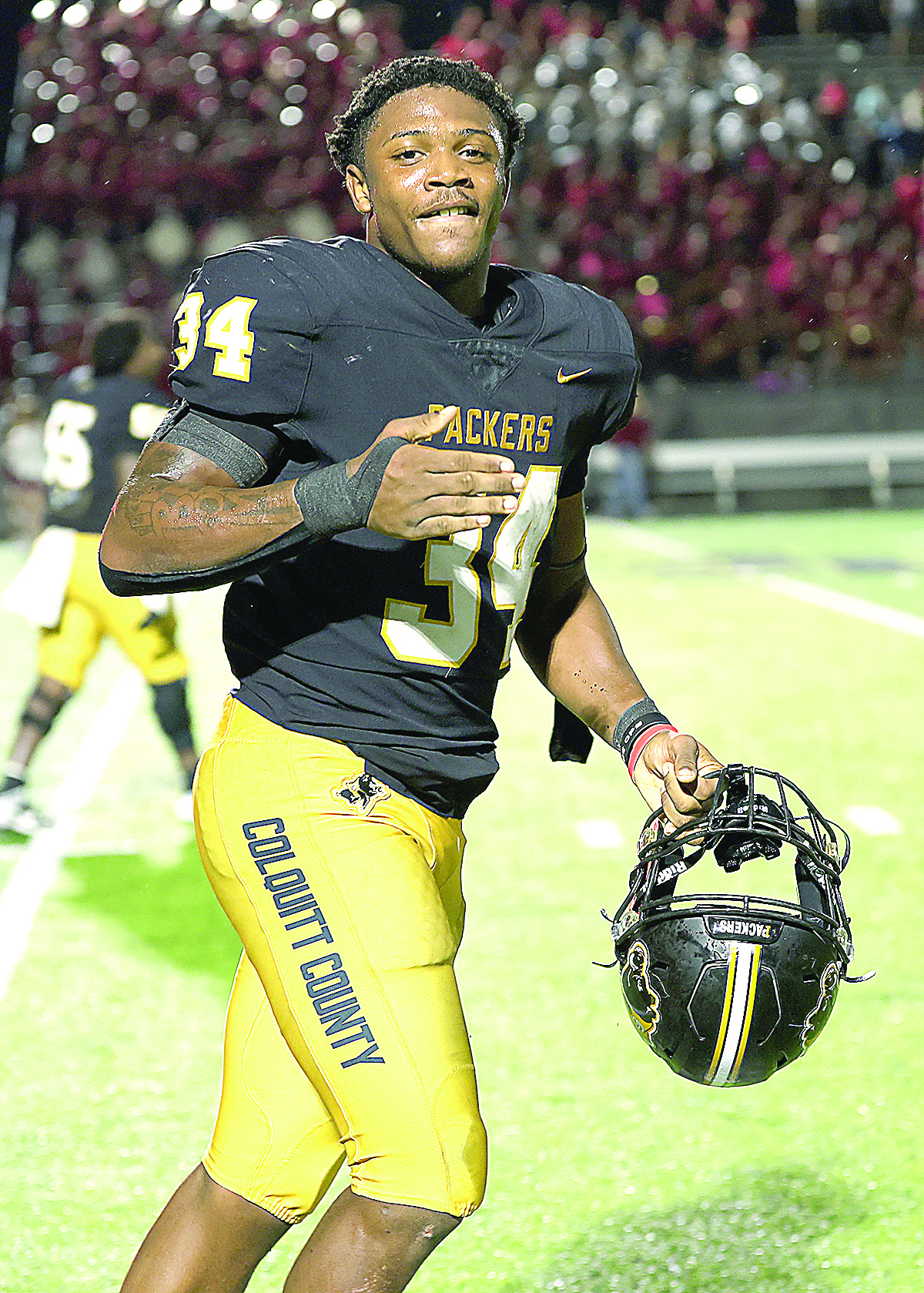End of stall ball great for high school hoops
Published 12:35 pm Sunday, June 28, 2020
It’s about time.
Sitting at my usual spot on the baseline, just to the right of the basket, I’m covering a high school basketball game –– something that can be exhilarating or excruciating depending on the night, the opponent; anything really.
The ball tips off and I watch as the road team dribbles and passes the ball around for 41 seconds of game time before even attempting a shot. A player drives to the basket and gets the ball knocked out of their hands out of bounds.
After more aimless dribbling and making passes without even glancing at the rim, a 3-pointer is finally buried from the corner in front of the home bench. I gaze up at the scoreboard and realize that 3 minutes have elapsed before the first shot attempt was taken.
Who willingly wants to buy a ticket to see that?
As a sports writer, I don’t have a choice in the matter, but I’m fortunate I don’t have to buy a ticket.
I’ve been a basketball fan for 19 of my 32 years on Earth. At its best, basketball is a fast-paced jazz orchestra in sneakers; a game of cooperation, teamwork, patience, decision-making and improvisation. The ball whips around from one side of the floor to the other as the defense works to foil a coach’s best laid plans. When it all works out, the swish of a made basket is one of the most satisfying sounds in sports.
At its worst, the game slows to a crawl; the ball doesn’t move much and players stand around unsure of where they should be. Defenses tire themselves out chasing the ball as the offense plays an elaborate game of keep-away.
Tuesday, measures were taken to change the game of high school basketball forever.
The GHSA passed a proposal at its spring meeting to introduce the shot clock across the state.
A 30-second shot clock will be phased into varsity play over the next three seasons. First, the shot clock will be used primarily in league-approved tournaments starting in the 2020-21 season. The season after, the shot clock will be used by regions. In 2022, all varsity games will be played under the shot clock, which will be the biggest rule change to hit high school basketball since the 3-point shot was adopted in 1986.
I have wanted a shot clock in high school basketball for years. In my opinion, it will speed up the game, create a more college-like feel, condition young players to make quicker decisions under pressure and force coaches to teach players how to play the game rather than teaching them how to run plays.
Most importantly, it eliminates stalling –– the act of running time off the clock without penalty to protect a lead.
With a shot clock, teams will need to be more strategic and intentional with the sets they run and how to manage time late in games. The suspense of late-game situations and real pressure-packed possessions will give the high school game in Georgia a much-needed facelift.
Before Tuesday, only California, Massachusetts, Maryland, North Dakota, South Dakota, New York, Rhode Island and Washington played high school games under a shot clock.
Of course, the burning question now is, how will schools be able to afford to get shot clocks and people to operate them?
The average cost of basic shot clocks ranges anywhere from $1,800 to upwards of $3,000. The Daktronics shot clocks used in the college game run about $10,000 for a pair of clocks.
Given that the GHSA is giving the implementation time to come together, I have no doubt that teams will end up with shot clocks and operators by 2022.
At the highest levels, basketball is better with a shot clock. Football is better with a play clock. Tennis has even started using a clock to speed up players’ serve. Baseball is still trying to figure out ways to make its notoriously slow pace more free-flowing.
Like anything else, there will be audible bellyaching over this rule. Those that favor a slower style of play or prefer to stall to even the playing field against a team with superior talent and athleticism will likely be opposed to a shot clock. Teams that already play fast probably won’t be fazed too much by needing to get a shot off in 30 seconds or less.
Players will get better. Coaches will be sharper. Fans will eventually have a cleaner product to look forward to on the floor.
No more stalling. It’s time to play basketball the way it is meant to be played.





